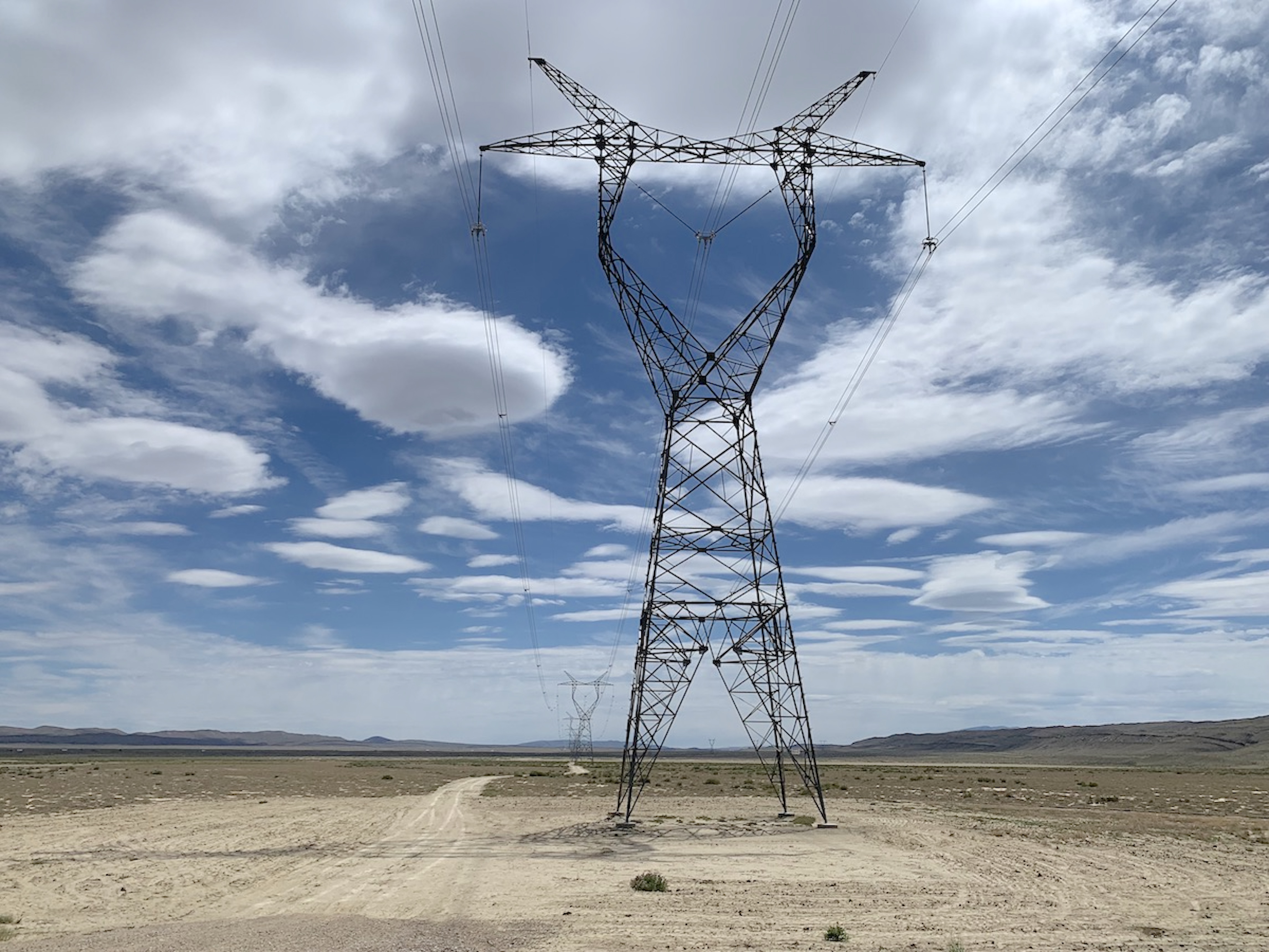Rocky Mountain Power wants to hike rates again, this time by $123.5 million, or 14.7%

FROM WYOFILE:
The request by Wyoming’s largest monopoly electricity provider is mostly due to investments in renewables, interstate transmission lines and wildfire liability.
Fresh off a regulatory defeat, and amid ongoing legal battles and skyrocketing wildfire liability costs, Rocky Mountain Power is once again asking to charge its Wyoming customers more for electricity.
Rocky Mountain Power, Wyoming’s largest electricity provider, filed a new rate request with state regulators on Friday asking for an increase of $123.5 million, or an overall 14.7% hike, citing renewable energy investments and skyrocketing insurance costs for wildfire liability.
If the Wyoming Public Service Commission approves the rate hike request, it would increase monthly bills by $17.17 for the average Rocky Mountain Power customer in the state using 700 kilowatt hours per month, according to the company.
The request includes $52.7 million to cover Wyoming’s share of the Gateway South and Gateway West interstate transmission lines connecting new wind energy in the state to markets in the southwest, as well as Wyoming’s share of the company’s Rock Creek and Rock Creek II wind energy projects, which span Albany and Carbon counties north of Laramie.
Liability insurance for utilities is also rising due to the increasing potential for power lines and other electrical equipment to spark wildfires. Hotter and drier conditions due to human-caused climate change have increased the frequency and intensity of wildfires across the West — an existential financial threat to utilities and their ratepayers alike, according to industry analysts.
Rocky Mountain Power’s wildfire liability insurance in Wyoming has risen 1,888% over the past five years, according to a press statement. The increases “are far beyond anything the company has experienced before,” it said.
The rate increase, which the Wyoming Public Service Commission is expected to rule on before the end of the year, is in addition to an $86.4 million, one-time fuel cost adjustment that was added to ratepayer bills in July — a 9.3% increase that is “subject to refund” because regulators may retroactively adjust it up or down later this year.
Rocky Mountain Power’s 144,000 Wyoming customers also saw a 5.5% general rate increase in January. The company sued state regulators in May regarding that rate adjustment claiming they wrongly reduced the company’s higher request by disregarding federal requirements resulting in $23 million in losses. The case remains before U.S. District Court Judge Kelly H. Rankin.
“We recognize the impact that the rising costs of providing electric service has on customers,” Rocky Mountain Power president Dick Garlish said in a prepared statement. “We work hard to control the costs within our control, and the company’s prudent actions historically are demonstrated by the fact that we have been consistently among the lowest-cost electric utilities in the U.S.”
“Intervenors are currently reviewing the merits of this request,” Wyoming Office of Consumer Advocate Administrator Anthony Ornelas told WyoFile. “Responsive testimony will be filed in September, rebuttal testimony filed by the company in October, and a public hearing will be held in December.”
Rocky Mountain Power is in the process of scheduling a series of open-house meetings with customers across the state to discuss the rate increases and what’s driving them, Garlish told WyoFile.
General v. temporary rate adjustments
It’s important to distinguish between continuing “general rates” and myriad other one-time charges that regulators — including in Wyoming — consider “reasonable and prudent” to tack onto customers’ bills.
General rates, or “base” rates, are what utilities are allowed to charge customers for continuing infrastructure costs for delivering electricity. These rates are set based on the utility’s expenses to operate system-wide infrastructure — power plants, power lines and all that comes with them. Utilities that operate sprawling physical systems that cross state borders and serve customers in multiple states are required to apportion those system-wide costs state-by-state, depending on how much customers in each state benefit from the system.
For Rocky Mountain Power and its parent company PacifiCorp, which serves six western states, the company typically applies about 14% of systemwide costs to Wyoming, according to the company. That’s how RMP came up with its current request for a $123.5 million increase in Wyoming, according to the company.
Other rate adjustments are for things that are considered beyond a utility’s control. For example, Rocky Mountain Power filed a request in April seeking permission to cancel a ratepayer credit derived from the then-President Donald Trump-era Tax Cuts and Jobs Act because it is set to expire, resulting in a 4.2% increase to base rates, or about $29.9 million. The tax credit ultimately saved Wyoming ratepayers $85 million, according to Garlish.
WyoFile is an independent nonprofit news organization focused on Wyoming people, places and policy.
This story was posted on August 8, 2024.








